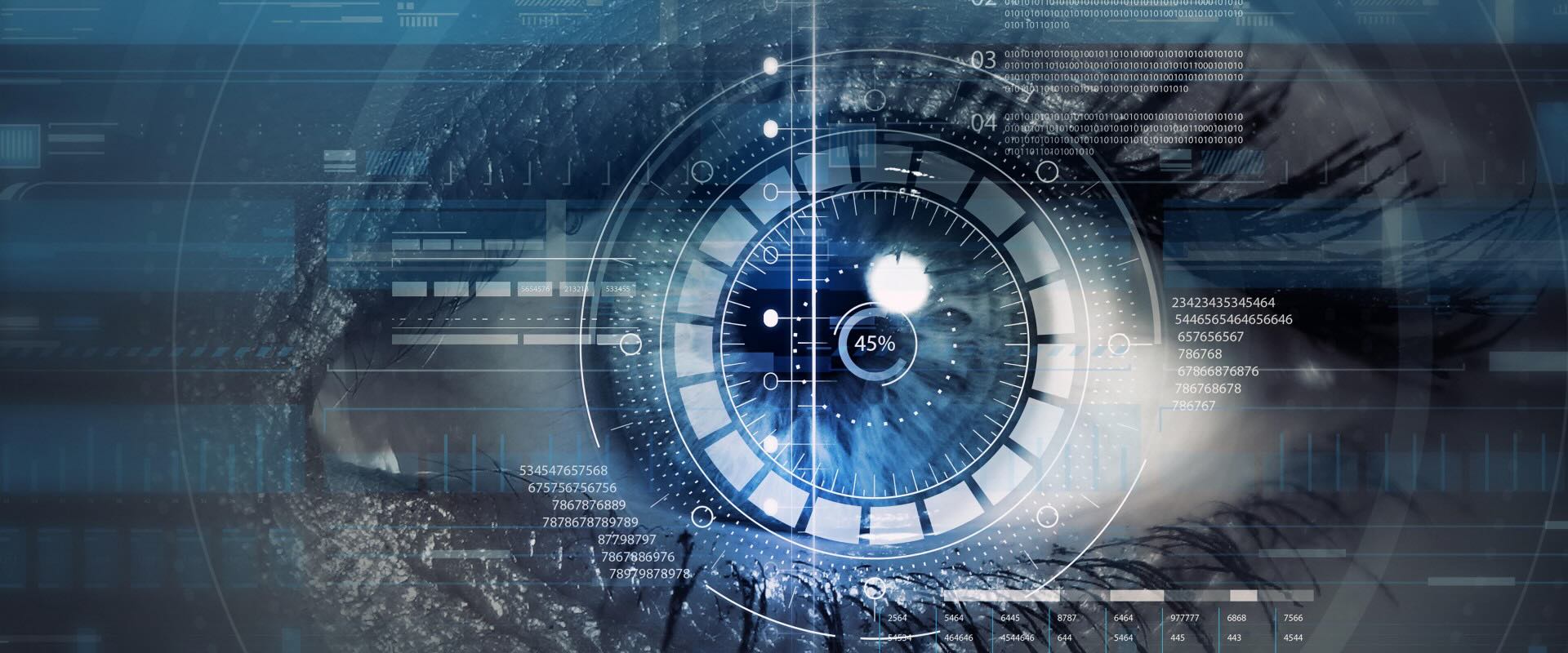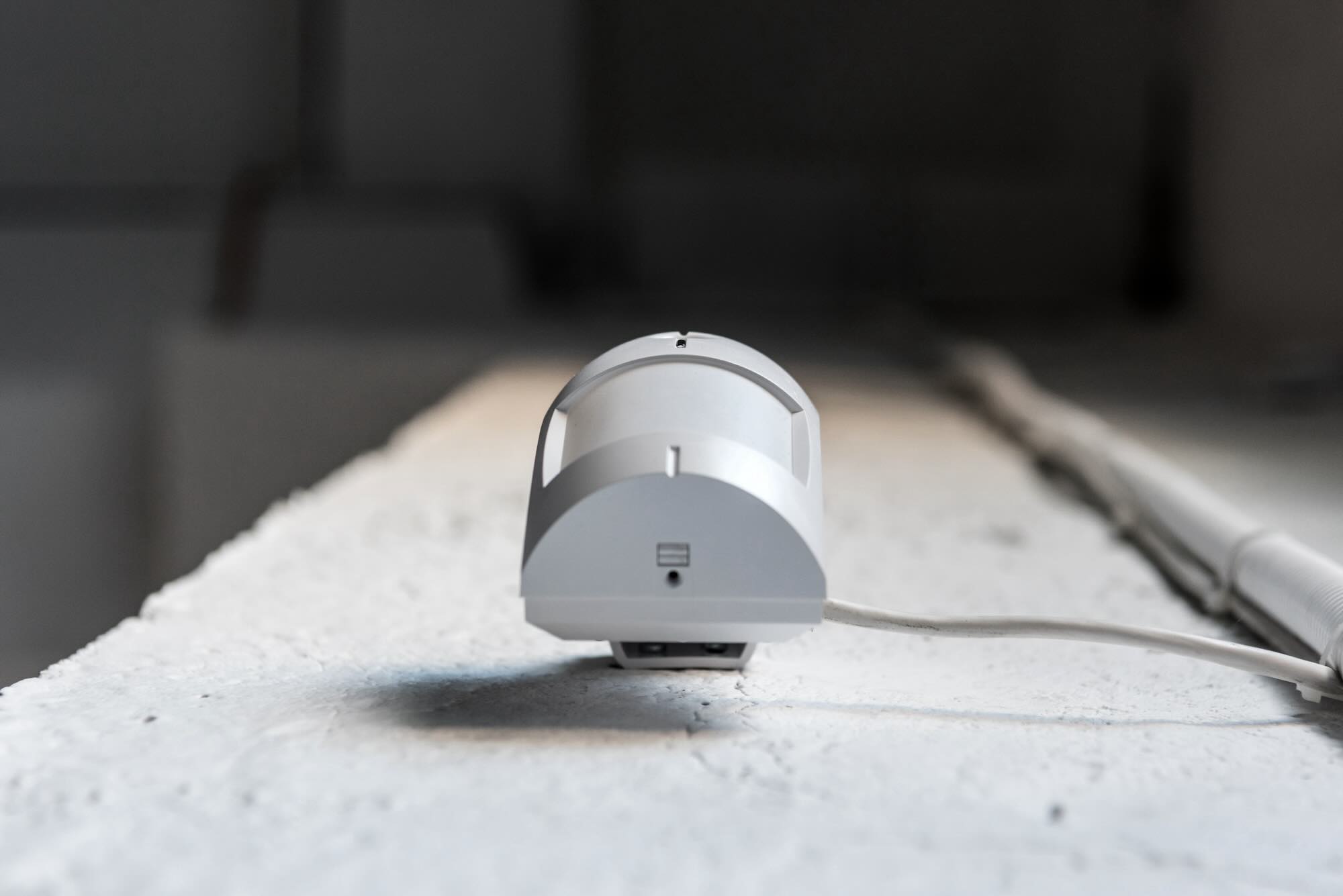Home>Home Security and Surveillance>In Which OSI Layer Are Intrusion Detection Systems Located


Home Security and Surveillance
In Which OSI Layer Are Intrusion Detection Systems Located
Modified: October 21, 2024
Intrusion Detection Systems are located in the Network Layer of the OSI model, ensuring efficient home security and surveillance.
(Many of the links in this article redirect to a specific reviewed product. Your purchase of these products through affiliate links helps to generate commission for Storables.com, at no extra cost. Learn more)
Introduction
Welcome to the world of home security and surveillance! In today’s day and age, it has become increasingly important to protect our homes and loved ones from potential threats. With advancements in technology, we now have access to a wide range of home security and surveillance systems that offer peace of mind.
One crucial aspect of a comprehensive home security system is the intrusion detection system. Intrusion detection systems (IDS) play a vital role in identifying and alerting us about any unauthorized activities or potential security breaches within our homes. But have you ever wondered where exactly these IDS systems are located in the vast realm of home security?
In this article, we will explore the location of intrusion detection systems within the OSI model. Whether you are a homeowner looking to enhance your home security, or an aspiring cybersecurity professional wanting to deepen your knowledge, this article will provide valuable insights into the placement of IDS systems.
So, fasten your seatbelts and get ready to dive into the world of home security as we uncover the secrets of intrusion detection systems and their location within the OSI model. Let’s begin!
Key Takeaways:
- Intrusion Detection Systems (IDS) are like security guards for your home network, located at different layers of the OSI model to keep an eye out for any suspicious activities or potential security breaches.
- Understanding where IDS systems are located within the OSI model helps us grasp their role in protecting our homes, just like knowing where different parts of a car engine are located helps us understand how the engine works.
The OSI Model: A Brief Overview
The Open Systems Interconnection (OSI) model is a conceptual framework that defines the functions of a network into seven distinct layers. Each layer has a specific purpose and provides a set of services to the layer above it. The layers work together to facilitate the smooth transmission of data across a network.
Let’s take a quick look at the seven layers of the OSI model:
- Physical Layer: The physical layer is responsible for the physical transmission of data through the network. It deals with the electrical, mechanical, and physical aspects of the network, such as cables, connectors, and signaling.
- Data Link Layer: The data link layer ensures reliable transmission of data between adjacent network nodes. It handles error detection and correction, as well as data framing.
- Network Layer: The network layer is responsible for the logical addressing and routing of data packets. It enables the transportation of data across different networks.
- Transport Layer: The transport layer manages end-to-end communication between source and destination hosts. It ensures reliable and error-free data delivery through mechanisms like segmentation, flow control, and error recovery.
- Session Layer: The session layer establishes, manages, and terminates sessions between applications. It provides synchronization and checkpointing capabilities to enable reliable communication.
- Presentation Layer: The presentation layer handles the formatting and conversion of data. It ensures that data from the application layer is presented in a compatible format for transmission.
- Application Layer: The application layer interacts directly with users and provides network services to applications. It includes protocols for tasks like file transfer, email, and remote access.
Understanding the layers of the OSI model is crucial in order to comprehend how different components of a network function together. Now that we have a basic understanding of the OSI model, let’s move on to the next section where we explore the concept of Intrusion Detection Systems.
What are Intrusion Detection Systems (IDS)?
Intrusion Detection Systems (IDS) are critical components of any comprehensive security infrastructure. They play a crucial role in identifying and alerting users to potential security breaches within a network or system. IDS systems work by monitoring network traffic, analyzing patterns, and looking for any suspicious or malicious activities that could indicate an intrusion or unauthorized access.
There are two main types of IDS: network-based IDS (NIDS) and host-based IDS (HIDS).
- Network-based IDS (NIDS): NIDS systems monitor network traffic in search of any suspicious activity. They analyze packets and look for any abnormal or malicious behavior, such as unauthorized access attempts, unusual data transfers, or patterns that match known attack signatures. NIDS systems are typically deployed at strategic points within a network, such as at the perimeter or in key network segments, to provide comprehensive network-wide protection.
- Host-based IDS (HIDS): HIDS systems, on the other hand, focus on monitoring the activities and events occurring on individual hosts or endpoints. They examine system logs, file integrity, registry changes, and other host-specific information to detect any signs of unauthorized access, malware infections, or suspicious activities. HIDS systems provide real-time monitoring and analysis of host-level events to ensure the security and integrity of individual systems.
Both NIDS and HIDS systems are essential components of a robust security strategy. By continuously monitoring network traffic and host activities, IDS systems can quickly detect and alert users to potential threats, allowing them to take proactive measures to mitigate risks and prevent further damage.
It’s important to note that IDS systems are not foolproof and should be complemented with other security measures, such as firewalls, antivirus software, and user education. However, they serve as an important layer of defense in an overall security framework.
Now that we understand what IDS systems are and how they function, let’s delve into the layers of the OSI model to discover where exactly IDS systems are located.
Intrusion Detection Systems (IDS) are typically located in the Network Layer (Layer 3) of the OSI model, as they monitor and analyze network traffic for potential security threats.
Understanding the Layers of the OSI Model
Before we explore the specific location of intrusion detection systems (IDS) within the OSI model, let’s take a closer look at the layers themselves and their primary functions.
- Physical Layer: The physical layer is the lowest layer of the OSI model and deals with the actual transmission of raw data over a physical medium. It defines the electrical and physical characteristics of the network, such as cables, connectors, and signaling methods.
- Data Link Layer: The data link layer is responsible for organizing data into frames and controlling the flow of data between nodes on a network. It ensures error-free transmission by implementing error detection and correction mechanisms.
- Network Layer: The network layer provides logical addressing and routing of data packets across different networks. It handles tasks such as IP addressing, packet forwarding, and routing protocols.
- Transport Layer: The transport layer is responsible for end-to-end communication between source and destination hosts. It ensures reliable and efficient data delivery by implementing mechanisms like segmentation, flow control, and error recovery.
- Session Layer: The session layer sets up, manages, and terminates communication sessions between applications. It allows for synchronization and checkpointing to ensure reliable communication.
- Presentation Layer: The presentation layer is responsible for the formatting and conversion of data, ensuring that data from the application layer is presented in a compatible format for transmission. It handles tasks such as data encryption and compression.
- Application Layer: The application layer is the topmost layer of the OSI model and interacts directly with users and applications. It provides services and protocols for tasks such as file transfer, email, and remote access.
Each layer of the OSI model performs specific functions that contribute to the successful transmission of data across a network. The layers work together by passing data down from the application layer to the physical layer, and vice versa, through a process known as encapsulation. This encapsulation ensures that data is properly packaged and prepared for transmission.
Now that we have a solid understanding of the layers of the OSI model, let’s move on to the next section where we will reveal the specific location of intrusion detection systems within the OSI model.
Locating IDS in the OSI Model
Now that we have a clear understanding of the layers of the OSI model, it’s time to explore where intrusion detection systems (IDS) fit within this framework. IDS systems can be located at various points within the OSI model, depending on their specific purpose and functionality.
One common placement for IDS systems is at the network layer (Layer 3) and the transport layer (Layer 4) of the OSI model. At the network layer, IDS systems can analyze network traffic and monitor for any suspicious activities or anomalies. They examine packet headers and payloads to identify potential security threats, such as unauthorized access attempts or abnormal traffic patterns.
Similarly, IDS systems can operate at the transport layer, where they can inspect data packets and analyze the behavior of different protocols, such as TCP (Transmission Control Protocol) and UDP (User Datagram Protocol). By monitoring the transport layer, IDS systems can detect any unusual or malicious activities that may indicate a security breach.
Furthermore, IDS systems can also be placed at the application layer (Layer 7) of the OSI model. At the application layer, IDS systems can analyze application-specific data and protocols to identify any suspicious behavior or potential vulnerabilities. For example, an IDS system located at the application layer could detect unusual HTTP requests or attempts to exploit known application vulnerabilities.
It’s important to note that the placement of IDS systems within the OSI model may vary depending on the specific implementation and requirements of the security infrastructure. Some IDS systems may span multiple layers of the OSI model or be deployed at different strategic points within the network to provide comprehensive protection.
Regardless of the location within the OSI model, IDS systems play a crucial role in identifying potential security breaches and alerting users or administrators. They help to detect and mitigate security threats, allowing for timely action to ensure the safety and integrity of the network.
Now that we have explored the placement of IDS systems within the OSI model, let’s summarize our findings in the concluding section of this article.
Conclusion
Intrusion detection systems (IDS) are essential components of a comprehensive home security and surveillance system. These systems play a vital role in identifying and alerting users to potential security breaches. Understanding where IDS systems are located within the OSI model provides valuable insights into their functionality and operation.
The OSI model provides a framework for understanding the various layers involved in data transmission across a network. IDS systems can be located at different layers, depending on their purpose and functionality. Common locations for IDS systems include the network layer, transport layer, and application layer.
At the network layer, IDS systems monitor network traffic and look for any suspicious activities or anomalies. They analyze packets to identify potential security threats and provide network-wide protection. Similarly, at the transport layer, IDS systems examine data packets and protocols to detect any unusual behavior or signs of a security breach.
IDS systems can also operate at the application layer, where they analyze application-specific data and protocols. By monitoring the application layer, IDS systems can identify potential vulnerabilities or attempts to exploit known security weaknesses.
It is important to note that the placement of IDS systems within the OSI model may vary depending on specific implementation requirements. Some IDS systems span multiple layers or are strategically placed within the network for comprehensive protection.
Overall, IDS systems serve as a critical layer of defense in a robust security infrastructure. They help to detect, alert, and mitigate potential security threats, ensuring the safety and integrity of the network and its connected devices.
As technology continues to advance, it is crucial to stay updated on the latest trends and best practices in home security and surveillance. By combining IDS systems with other security measures such as firewalls, antivirus software, and user education, you can create a robust and reliable security ecosystem for your home or organization.
Remember, home security is not a one-time setup, but an ongoing process. Regularly updating and maintaining your security systems, staying informed about emerging threats, and educating yourself and your family about best security practices will help create a safe and protected environment.
We hope this article has provided you with valuable insights into the location of IDS systems within the OSI model and their importance in home security. Now, go forth and implement effective security measures to safeguard your home and loved ones.
Frequently Asked Questions about In Which OSI Layer Are Intrusion Detection Systems Located
Was this page helpful?
At Storables.com, we guarantee accurate and reliable information. Our content, validated by Expert Board Contributors, is crafted following stringent Editorial Policies. We're committed to providing you with well-researched, expert-backed insights for all your informational needs.














